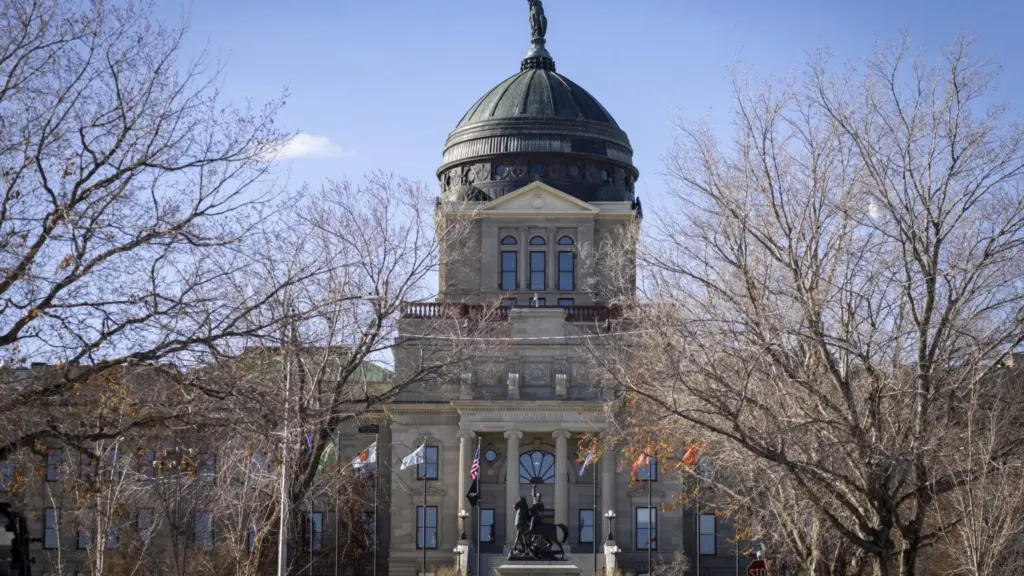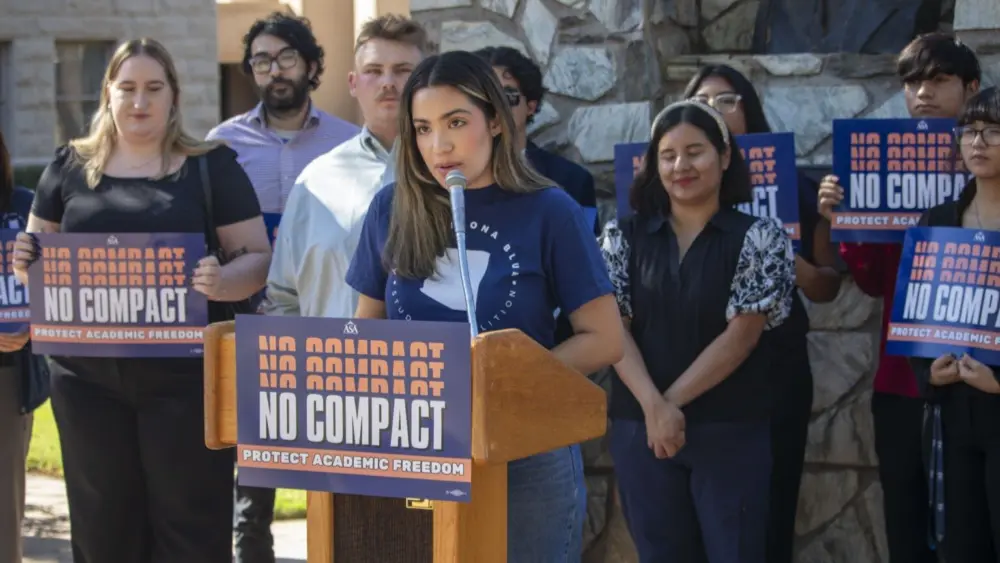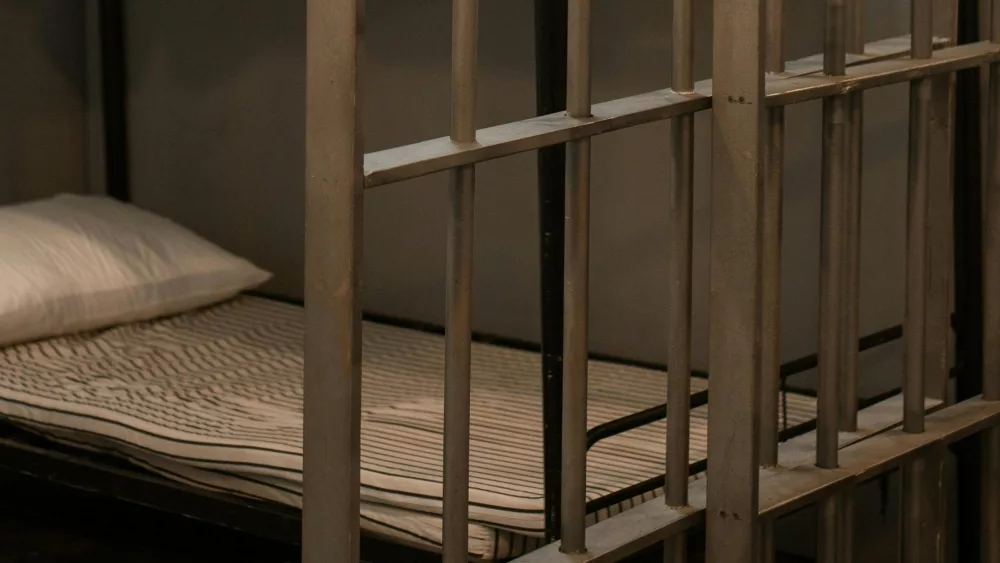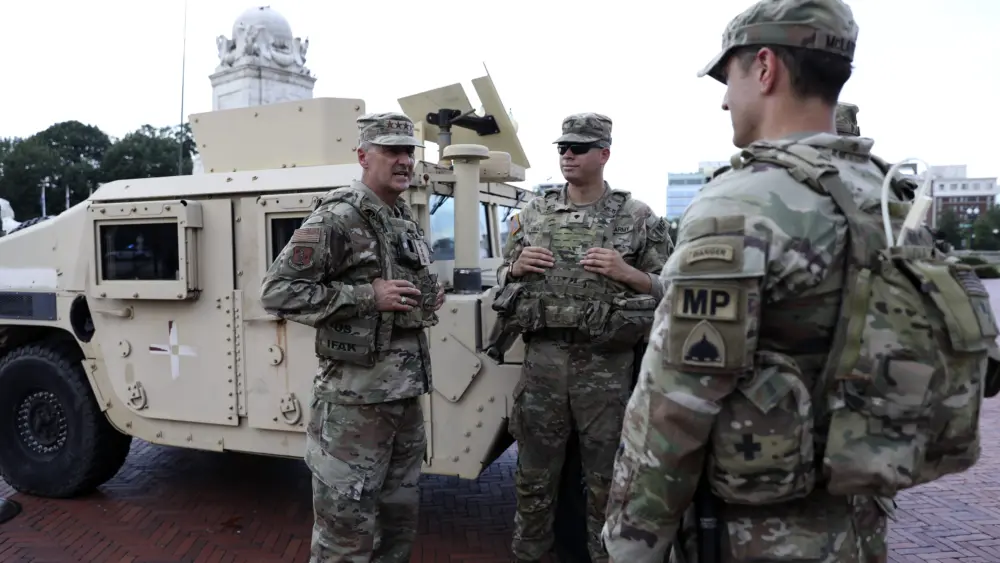MONTANA – The Montana Department of Public Health and Human Services anticipates the state will receive funding for a $1 billion Rural Health Transformation Program proposal it submitted to the U.S. Centers for Medicare and Medicaid Services, according to an agency official.
Montana submitted a five-year plan aimed at developing the rural workforce, stabilizing facility finances, expanding innovation, and increasing prevention, according to a presentation and news release this week from Gov. Greg Gianforte and health department Director Charlie Brereton.
The state anticipates it will learn whether Montana has been awarded funds in late December, although state officials said they are expecting success.
“The Rural Health Transformation Program is a historic investment in Montana’s future,” Gianforte said in a statement. “Since taking office, we’ve led on fixing what’s broken, making investments to improve access to quality health care. With the Rural Health Transformation Program, we will continue delivering better outcomes for families across Montana.”
The federal program is authorized to provide up to $50 billion nationally to participating states through 2030, according to the news release. The funding is specifically earmarked for stabilizing, transforming, and restructuring rural hospitals and other essential health care providers.
At a committee meeting this week, legislators asked questions about the proposal, including how much money would stay with the department versus be deployed, and raised concerns, such as that the funds are meant to appease people worried about federal cuts to Medicaid.
Sen. Cora Neumann, D-Bozeman, said she appreciates the amount of time DPHHS spent reaching out to stakeholders. She also questioned the program, although she said her skepticism was unrelated to the health department’s efforts.
“This is a Band-Aid coming from the federal government,” Neumann said. ” … This feels like a consolation prize to the states because we may lose a huge amount of funding, Medicaid funding.”
Neumann, who works in health care, said sustainable rural health care systems require investment, especially given the potential for rural hospital closures in Montana, and she wanted to know if the state planned to make investments.
At the Children, Families, Health and Human Services Committee meeting Wednesday, Brereton confirmed the plan includes direct funding to rural health systems.
He said specific ideas came from in-depth discussions with local health care providers, such as a roundtable in Glasgow with 30 law enforcement and local health care leaders.
“There will be money provided to critical access hospitals, other rural health care settings, in addition to quite a bit of purchasing,” Brereton said.
A DPHHS official said the state developed the plan with public input, including from a webinar with nearly 900 people, tribal consultation, 20 stakeholder groups, and other state agencies.
Brereton said spending details were laid out in “a very complex budget narrative document.” Neumann requested the information be shared, and Brereton said he would do so if CMS granted permission.
Rep. SJ Howell, D-Missoula, wanted to know what portion of funds would stay with DPHHS and what portion would go to stakeholders. Brereton said DPHHS has estimates, which he did not have immediately available but said he would provide.
One program that caught the attention of Rep. Jodee Etchart, R-Billings, was supporting emergency medical services in rural areas.
The program includes empowering EMS to “treat in place,” or deliver on-site care when feasible to reduce emergency room admissions. Money would go toward upgrading ambulances and other emergency equipment.
Etchart said one difficulty for EMS is some patients know that they can get help, but if they don’t get transported, they don’t end up getting billed, so they purposefully refuse transport. In the meantime, Etchart said, the company has to cover the costs of the staffing and products.
Rebecca de Camara, with DPHHS, said she doesn’t know whether people are intentionally declining transport to avoid billing, but she said it is the way the system is set up, and a need exists for treatment on site.
“The goal of this initiative is to expand the reimbursement that they can get,” de Camara said of EMS, noting that preventing unnecessary emergency department visits would save money.
The state submitted its plan to CMS on Wednesday, and de Camara said DPHHS believes it has a competitive application and will start working on next steps.
“We’ll continue our planning so that we are ready to go once the money starts rolling into the state,” de Camara said.
The news release said funding for the program will be allocated to states based on a formula: “50% divided equally among all approved states, 25% based on states’ rurality, and 25% based on how well each state’s proposed plan aligns with CMS criteria.”
Montana’s application may be found here. More information about the program can be found at ruralhealth.mt.gov.
Montana’s Rural Health Transformation Plan
Montana’s plan outlines five core initiatives, all designed to address the unique challenges of rural health care delivery in a sustainable manner:
- Workforce Development: Focuses on increasing recruitment, expanding clinical training, and retaining various levels of rural health care providers in strong partnership with the Montana Department of Labor and Industry.
- Sustainable Access: Stabilizes rural facility finances through restructuring recommendations and increased clinical and administrative partnerships. This component includes funding for the expansion of telehealth services, linking rural hospitals with statewide specialists and providing one-time-only awards for necessary telehealth equipment.
- Innovative Care Models: Strengthens and expands value-based payment models and better leverages EMS and pharmacy services, with an emphasis on reducing emergency room admissions and other high-cost care interventions.
- Community Health and Prevention: Provides for infrastructure upgrades and initiatives that incentivize healthy lifestyles, including expanding primary, behavioral, and dental health services in schools through partnerships with Federally Qualified Health Centers and other providers.
- Technology Innovation: Focuses on using technology to increase access and improve data quality and sharing. This component includes funding for rural providers to modernize their Electronic Health Record systems.
Daily Montanan is part of States Newsroom, a nonprofit news network supported by grants and a coalition of donors as a 501c(3) public charity. Daily Montanan maintains editorial independence. Contact Editor Darrell Ehrlick for questions: info@dailymontanan.com.





